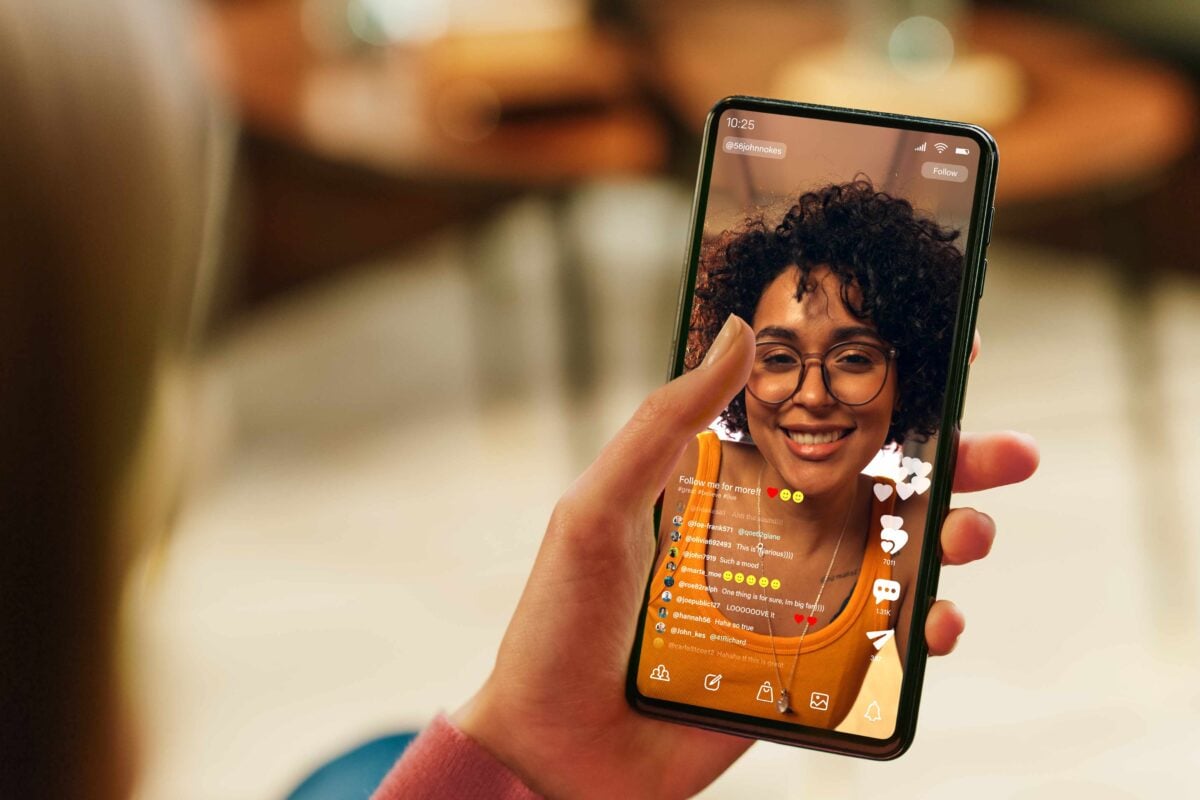Subscription models dominate many industries, from streaming services to meal kits. It’s no surprise that healthcare is beginning to embrace this trend. Membership and subscription payment models are making it easier for people to get care, from lab tests to online doctor visits. They also offer a predictable cost structure and more convenience. We explored the driving factors behind this trend. Here are a few suggestions on how healthcare marketers can use these insights in their everyday consumer messaging strategies.
Trend 1: Convenience and simplicity
Consumers want convenience today, whether it’s from their mechanic, grocery store or health provider. In fact, convenience is so important to healthcare consumers that it ranks higher as a decision-making priority than just about anything else, including quality of care and brand reputation.[1] Subscription payment models offer consumers predictability that was previously lacking in the healthcare system.
INSIGHT: Health systems’ marketers should audit their communications to ensure they’re spotlighting “convenience benefits” that make the patient experience simple and easy—location, ample parking, online scheduling, extended clinic hours and telehealth services.
Trend 2: Affordable and predictable costs
Consumers are demanding clear cost information when they pay out of pocket for healthcare services. In fact, nearly half of consumers in a recent survey said they avoided seeking healthcare services when they were unsure of the cost.[2] Subscription payment models provide a predictable cost structure for doctor visits and lab testing. Patients can easily get the services they need by paying a regular membership fee and can clearly understand how much the services cost.
INSIGHT: Even if membership models aren’t part of your health organization’s offering, marketers should address this consumer demand. Promote tools that help patients better understand costs. As subscription models become more popular and virtual visits become more accessible, consumers have a greater choice in where they seek care. Keeping costs transparent will improve consumer satisfaction and potentially help improve patient acquisition and retention rates.
Trend 3: Accessibility
Consumers want easier ways to get healthcare, so subscription models were created to meet this demand. People are looking for more convenient and affordable ways to manage their health. These models offer a solution by including preventive services and ongoing care. Many of these models include features like telehealth options and at-home testing. This is especially helpful because almost 83 million Americans live in areas with a shortage of healthcare providers.
INSIGHT: Ensure your content marketing includes stories about how your health system improves access to care through mobile clinics, telehealth and extended hours. Also, showcase the ways your health system is improving health equity, such as through cultural responsiveness, provider diversity and translation services.
Trend 4: Personalization
Consumers don’t just want personalization. They demand it. According to research conducted by Salesforce Inc., 66% of consumers expect companies to understand their unique needs and expectations, and 52% expect all offers to be personalized.[3] Many subscription models provide consumers with options to customize their membership, allowing them to add features that appeal to their unique needs. Not only do personalized membership plans meet consumers’ demands, but they are also proven to be a profitable solution for brands. A recent survey revealed that companies that excel at personalization generate 40% more revenue from those activities than brands that don’t.[4]
INSIGHT: With advancements in technology, data and analytics, it is now possible to provide personalized healthcare messaging on a large scale. Yet, the healthcare industry still lags. Yes, HIPAA creates some barriers to a personalized marketing strategy. However, healthcare marketers can use personalization to send content and reminders that match each patient’s interests and needs. Marketers can use non-sensitive data, with clear consent, to provide information and services tailored specifically to each patient. This will provide a more valuable patient experience.





